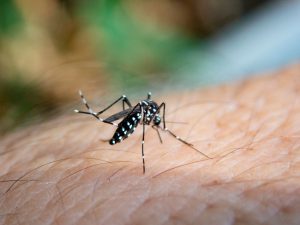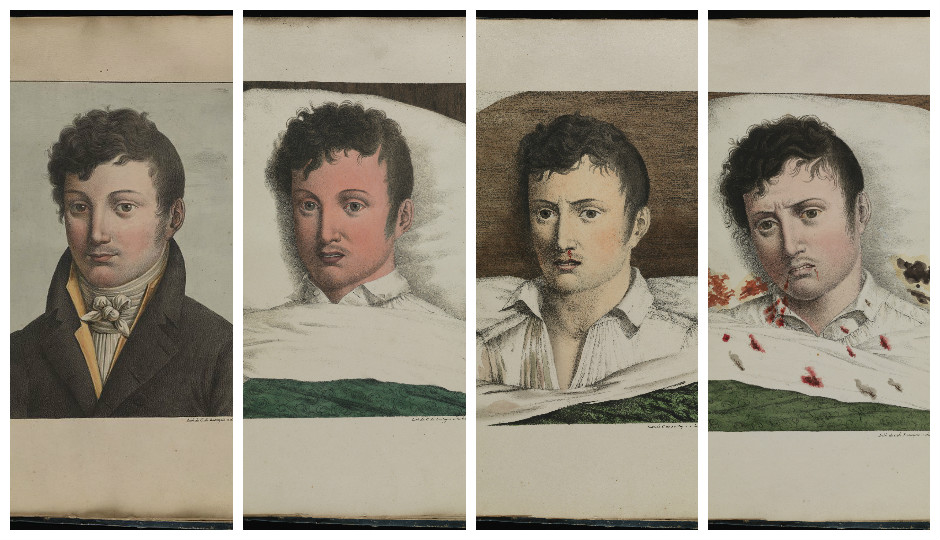A Plague Upon Our House

Unique NOLA Tours geeks out over history, culture and all things New Orleans. Even the intense stuff. In the early days, every summer we would be beset with Yellow Fever. This was one of many pestilences to arrive at our port city throughout history. If you are interested in the diseases, how we dealt with them and how they affected us to this day consider our Plague and Pestilence Tour, unique to our company. We do not just cover the medical aspects, but the social and cultural effects as well. Already many guests have been raving about our newest tour.
Mikko Macchione
Tour Guide with Unique NOLA Tours and Author of books about New Orleans.
In the hot and swampy conditions of this area, mosquitos abound. In the first two centuries of our time here, we were ravaged by the Aedes Aegypti species. The female can carry the bacterium that causes what we used to call “Yellow Jack.”
The bacterium attacks the liver of the person who was bitten. Now many visitors to our town attack their liver the whole time they are here, but that’s another story.
The liver is a filter for the body and when it goes, your skin turns yellow and the poisons rot your guts away. Dozens, hundreds sometimes thousands would die in a few months. In 1853, the worst year of the plague, we lost close to 8000 people. There were so many dead, we had to stack the bodies from Royal down Dumaine to the riverfront. One paper at the time described it as “stacked like cordwood.”
It took us awhile to figure out it was a mosquito and not “swamp gas” that caused the calamity. A Cuban, Dr. Carlos Finlay, proposed the mosquito cause in the late 1800s. Initiatives to cover cisterns and other water sources were begun. A vegetable oil-based goop would be poured on natural water sources to kill the mosquito eggs. One sad practice that was abandoned in hospitals, where up to that time they placed bed legs in pans of water to prevent bed bugs from spreading, only to breed the more dangerous mosquito.
By the turn of the Twentieth century through efforts by Finlay and Walter Reed helped to eradicate the fever a vaccine was developed. Today Yellow Fever still ravages parts of Africa and South America. Here we are safer, and the last cases in New Orleans occured in 1905.









